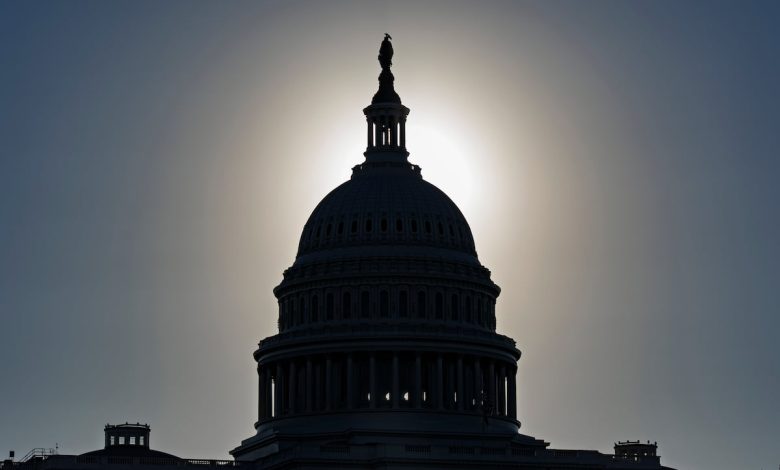Troops request assistance at ‘unprecedented’ rate as shutdown persists

With their Oct. 15 paychecks in doubt, service members have been reaching out for financial assistance in “unprecedented” numbers, multiple military relief societies said this week.
Meanwhile, as the government shutdown that could cause the lapse in pay persists, the Defense Finance and Accounting Service has clarified it needs two days’ worth of lead time to process military pay. That means Congress must act Monday or earlier in order to avoid a delay getting troops their checks.
“If authority to pay is received by October 13, the military will be paid on time on October 15,” DFAS spokesperson Steve Burghardt said Friday. “If authority to pay is received after October 13, the military will be paid within two business days.”
Service members who are concerned about the possible lapse in pay have been reaching out ahead of time to relief societies and financial institutions for assistance.
“We are receiving a lot of requests at an unprecedented level for us, and are prepared to get funds to soldiers for mid-month pay if the lapse of appropriations continues,” said Sean Ryan, a retired Army colonel and spokesperson for Army Emergency Relief.
As of Oct. 10, AER has received 7,500 working applications for over $10 million in possible assistance “and counting,” Ryan said. Their assistance is in zero-interest loans.
Military relief societies, military-focused financial institutions and others have been putting the word out this week that they’re able to assist service members and federal civilian workers, as the possibility of a missed paycheck looms ever closer.
For example, USAA has provided $150 million in zero-interest loans to about 45,000 of its members in just over 48 hours, helping support service members, their families and federal employees ahead of potential gaps in pay, company officials said. The company has also processed tens of thousands of additional payment relief offers for banking and insurance products, to include payment extensions and fee waivers.
For Army Emergency Relief, the demand was so strong it initially put a strain on their system, Ryan said. About 15,000 online accounts have been created to apply for the no-interest loans.
“But that is what AER is here for, supporting soldiers in their times of need,” he said. “Once approved, applications are put into a queue, and then once the decision is made that soldiers won’t be paid by appropriations, accounts are uploaded for payment on the 15th.”
Air Force Aid Society team members “will be working over the weekend to process requests and as we work to minimize the financial impact and strain on our force,” said Edward W. Thomas, Jr., a retired Air Force major general and CEO of that military relief society.
“This is unprecedented territory for us as we wait for Congress to pass a stop-gap measure to pay our troops,” Thomas said.
The Air Force Aid Society has received several hundred applications so far, and the requests are increasing daily, according to spokesperson Chad Britton.
“We have cash reserves and are looking at other sources of funding to ensure we can provide timely and compassionate support,” Britton said.
The uncertainty is causing untold stress among military families. In a call to C-SPAN on Thursday, a military wife who identified herself as a Republican at Fort Belvoir, Virginia, criticized Speaker of the House Rep. Mike Johnson, R-La., for not bringing members back to vote on a provision introduced in the House that would ensure military members get paid.
The woman, Samantha, has two medically fragile children, and her active-duty husband suffers from PTSD from his two tours in Afghanistan, she said.
“If we see a lapse in pay come the 15th, my children do not get the medications that’s needed for them to live their life, because we live paycheck to paycheck,” she told Johnson on the call. “I’m begging you to pass this legislation. My kids could die. We don’t have the credit because of the medical bills I have to pay regularly.”
Karen has covered military families, quality of life and consumer issues for Military Times for more than 30 years, and is co-author of a chapter on media coverage of military families in the book “A Battle Plan for Supporting Military Families.” She previously worked for newspapers in Guam, Norfolk, Jacksonville, Fla., and Athens, Ga.
Read the full article here









